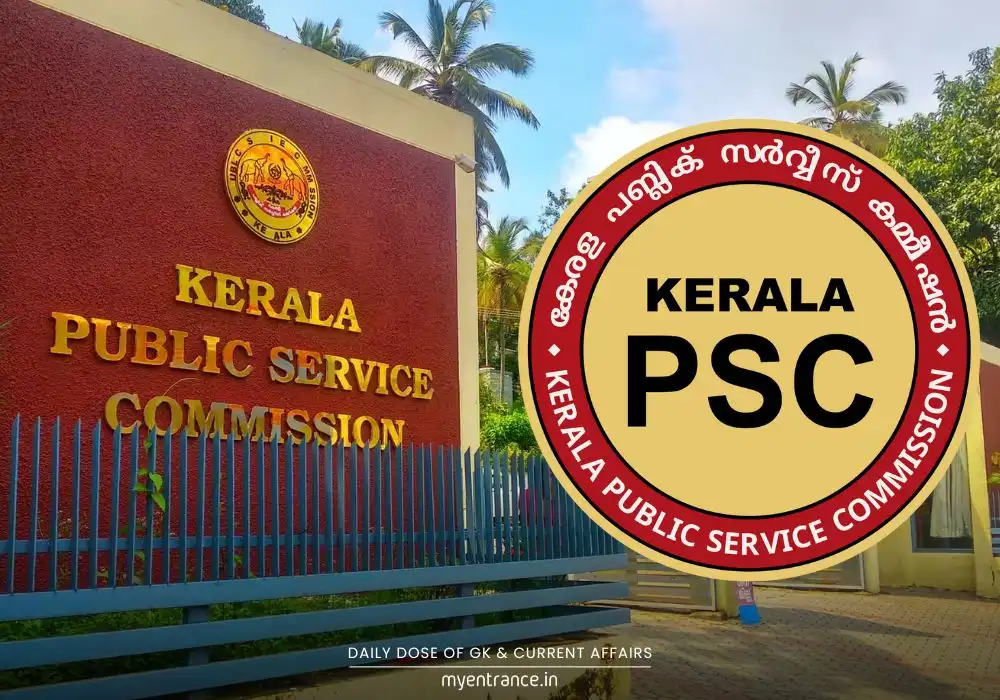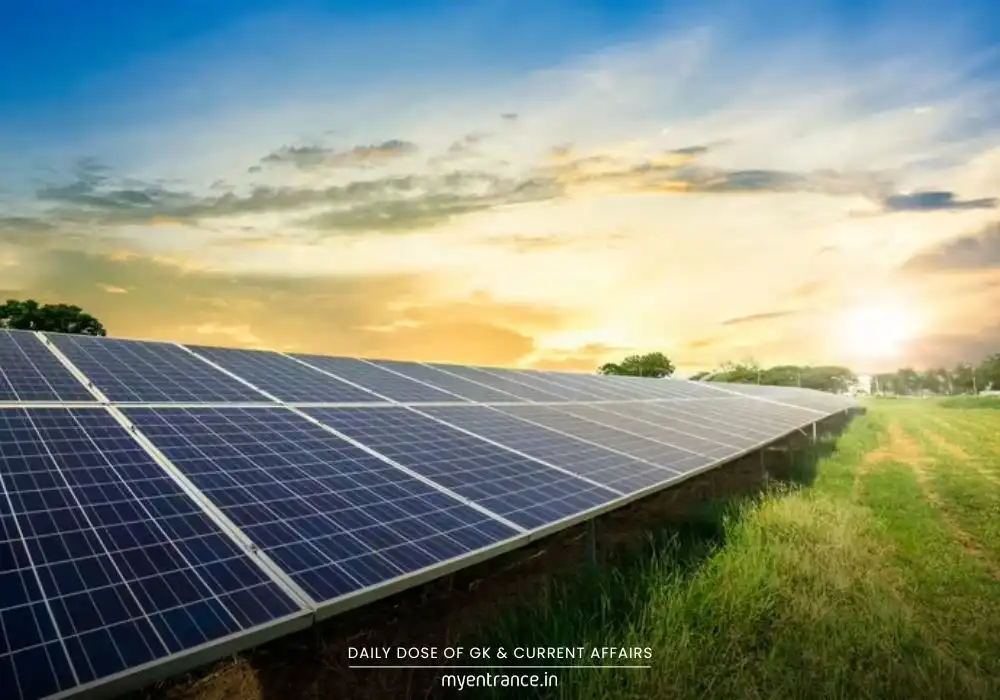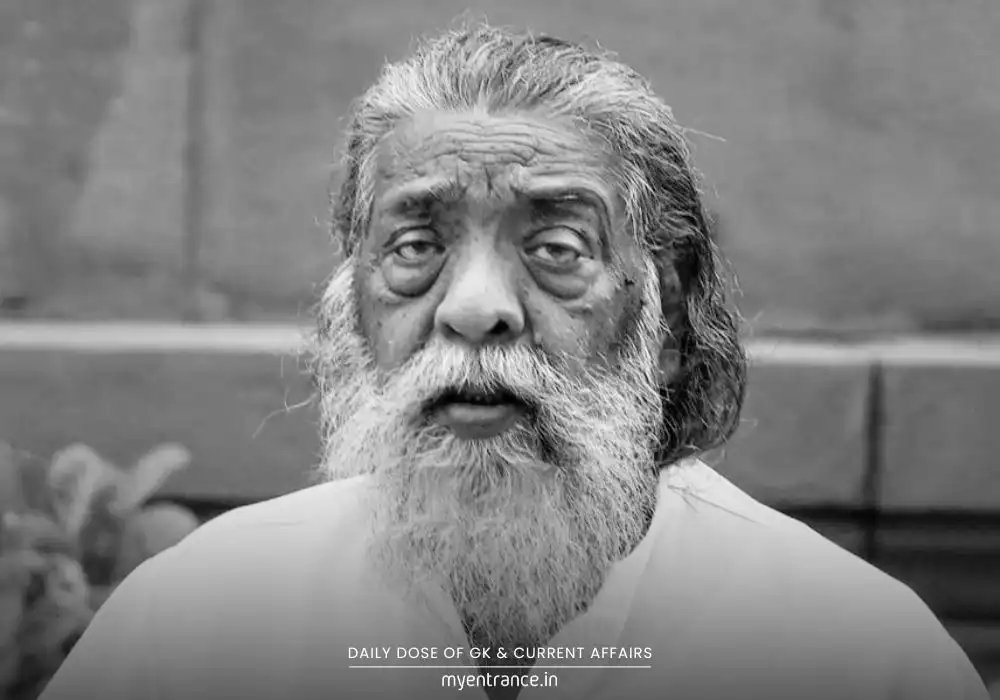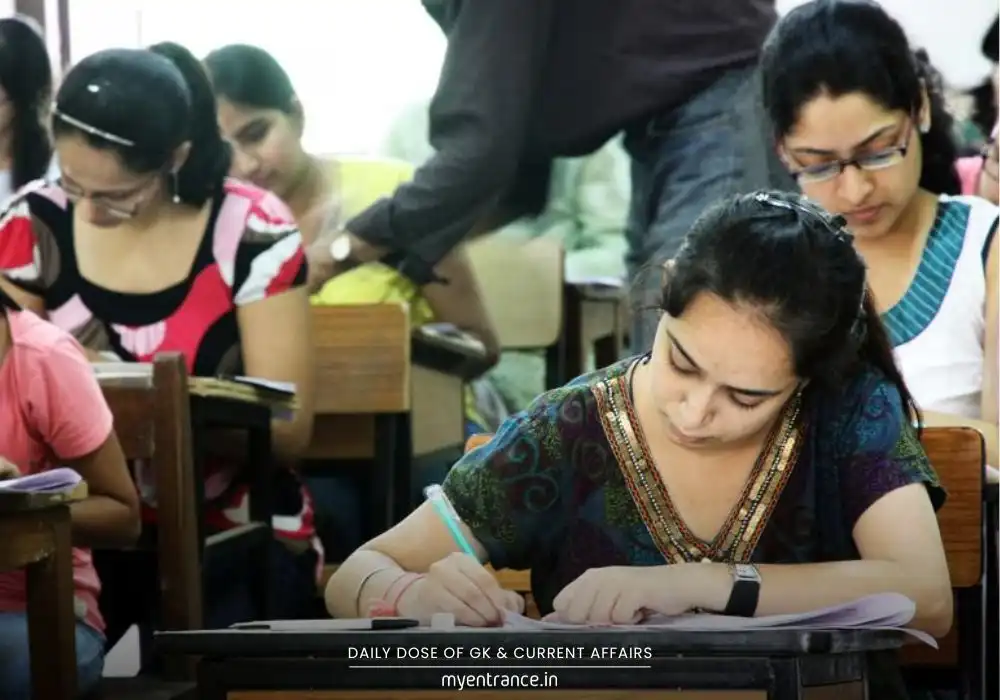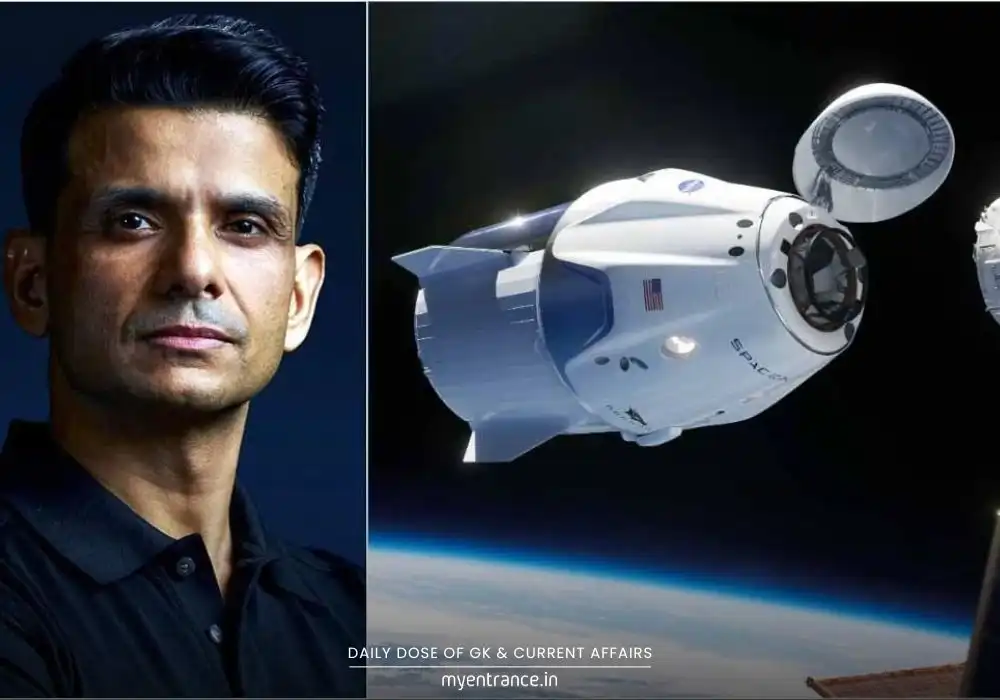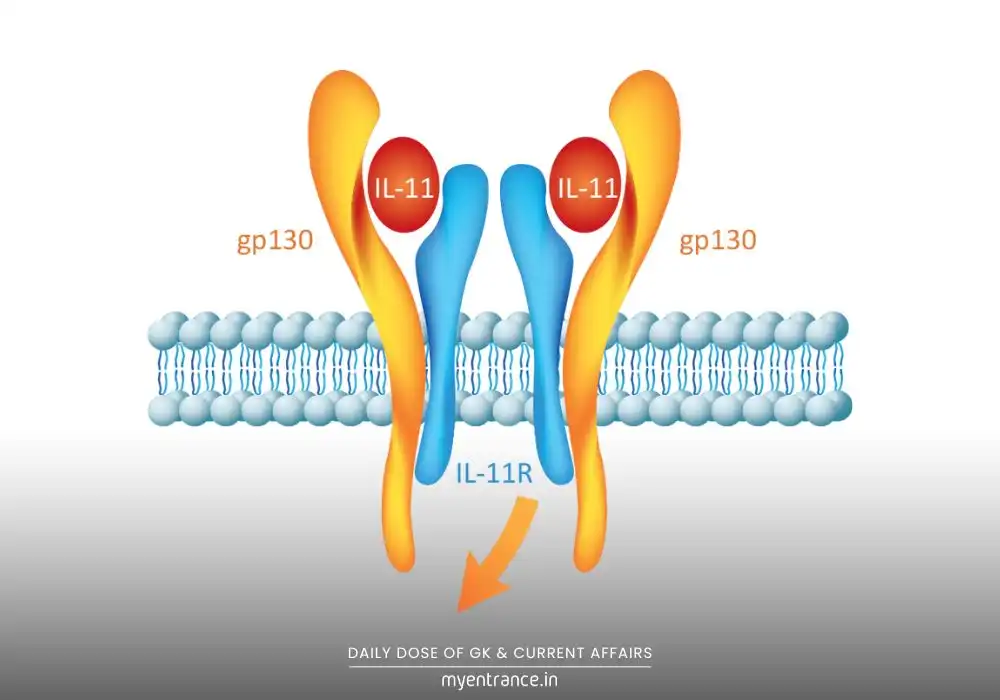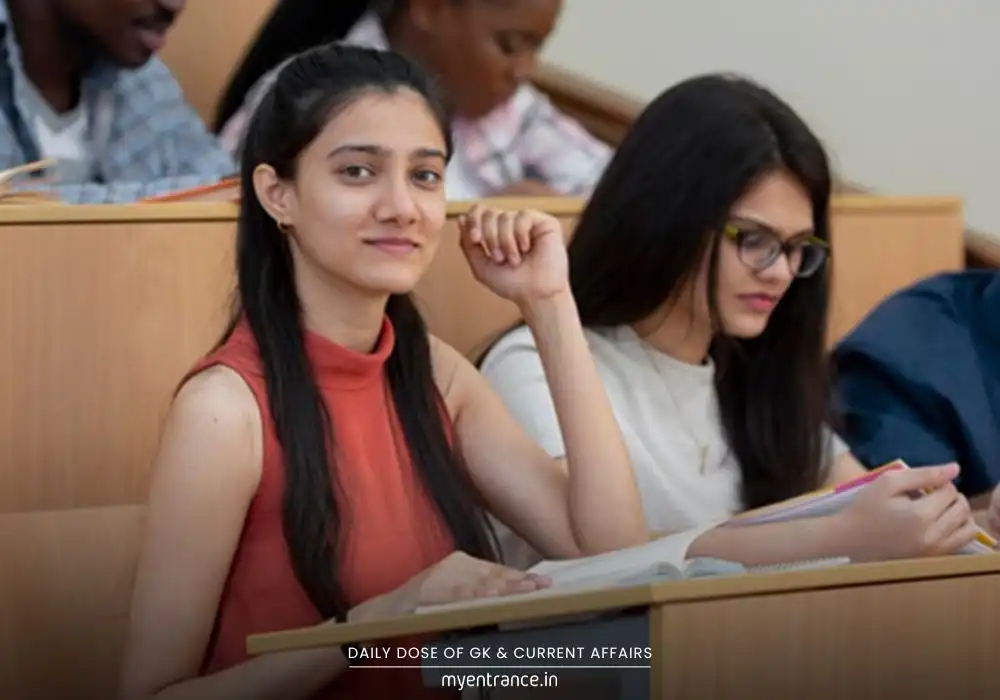Translate Language
Vice-President Election: Process, Powers & Exam Hotspots
The Vice-President of India isn’t just a ceremonial role—it’s a constitutional linchpin holding together the Rajya Sabha and presidential succession. With elections scheduled for September 9, 2023, following Jagdeep Dhankhar’s resignation, this topic is explosive for competitive exams. UPSC has repeatedly tested VP-related concepts, making this your ultimate guide to mastering it.
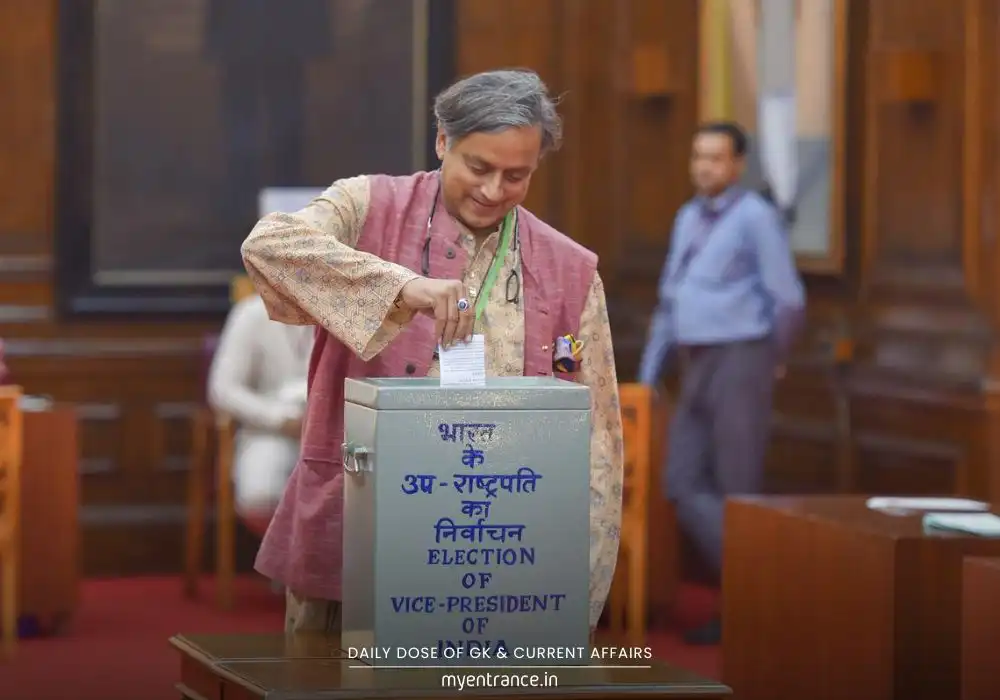
Election of Vice-President:
(Key Constitutional Insights)
India’s Vice-President (VP) is uniquely positioned under Articles 63–71 of the Constitution. Unlike the President, the VP is elected only by MPs (no state legislators). Here’s what you must grasp:
Powers & Role:
Serves as ex-officio Chairman of the Rajya Sabha (Article 64).
Steps in as Acting President during the President’s absence, illness, or vacancy (Article 65).
Holds office for 5 years but can stay beyond their term until a successor takes over.
Election Process:
Eligibility: Citizen of India, ≥35 years, registered voter. Cannot be a Parliament/state legislature member.
Proposal: Nomination requires 20 MPs as proposers and 20 as seconders.
Electoral College: 782 MPs (Lok Sabha + Rajya Sabha members). State MLAs have no role.
Voting System: Secret ballot via proportional representation (single transferable vote).
Vote Value: All votes carry equal weight (unlike Presidential elections).
Quota: Winner must secure Total Valid Votes
2
+
12Total Valid Votes+1 (ignore fractions).
Exit Mechanisms:
Resignation: Addressed to the President.
Removal: Rajya Sabha resolution passed by majority + agreed by Lok Sabha.
Critical Gap: No constitutional provision substitutes the VP during a vacancy. Only the Rajya Sabha Chair’s duties can be delegated (to Deputy Chair or President-nominated member).
Why This Matters for Exams:
UPSC Focus: Direct questions in Prelims (2020) and Mains 2022 on VP’s role as Rajya Sabha Chair.
High Resignation Precedent: Dhankhar is only the 3rd VP to resign mid-term—linking to historical resignations (V.V. Giri, R. Venkataraman).
Constitutional Nuances: Contrast with Presidential election (weighted votes, state MLA role).
Current Affairs: September 2023 election timing aligns with exam cycles.
Tricky Clauses: Article 67 (term extension), Article 65 (acting President), and electoral math (quota calculation).
Questions for Self-Test:
Q1. Who elects the Vice-President of India?
A: Members of Parliament (both Lok Sabha and Rajya Sabha). State legislatures play no role.
Q2. Can the Vice-President be re-elected?
A: Yes. There’s no constitutional bar on re-election.
Q3. How is the Vice-President’s election quota calculated?
A: Total Valid Votes
2
+
12Total Valid Votes+1 (ignore fractions).
Q4. What happens if the Vice-President’s office falls vacant?
A: The Constitution doesn’t specify a substitute. Only the Rajya Sabha Chair’s duties can be delegated.
Q5. How does the VP’s election differ from the President’s?
*A:
President: Elected by MPs + MLAs (weighted votes).
VP: Elected only by MPs (equal vote value).
President’s vote value varies by state; VP’s is uniform.*
Get 3 Months Free Access for SSC, PSC, NIFT & NID
Boost your exam prep!
Use offer code WELCOME28 to get 3 months free subscription. Start preparing today!


